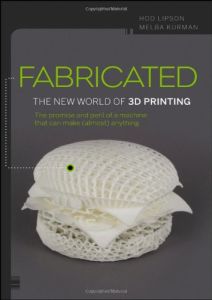Recommendation
Professor Hod Lipson and tech writer Melba Kurman have written a fascinating celebration of 3D printing. They believe in and detail 3D printing’s transformative possibilities. They describe the history and current technology of the process, as well as what the future of 3D printing will bring, with its myriad industry-shattering implications for art, architecture, design, manufacture, law, food and education. Lipson and Kurman also make clear the drawbacks and limitations of the process. The 3D printing revolution will take place in small increments, and, like its products, the process will be specialized – even individualized – but life-altering and inclusive. getAbstract recommends this work to inventors, entrepreneurs, innovators, craftspeople, do-it-yourselfers and anyone seeking an early ride on a coming wave of economic change.
Summary
About the Authors
Professor of engineering at Cornell University Hod Lipson directs the Creative Machines Lab. Technical writer Melba Kurman blogs on complex technologies.









Comment on this summary